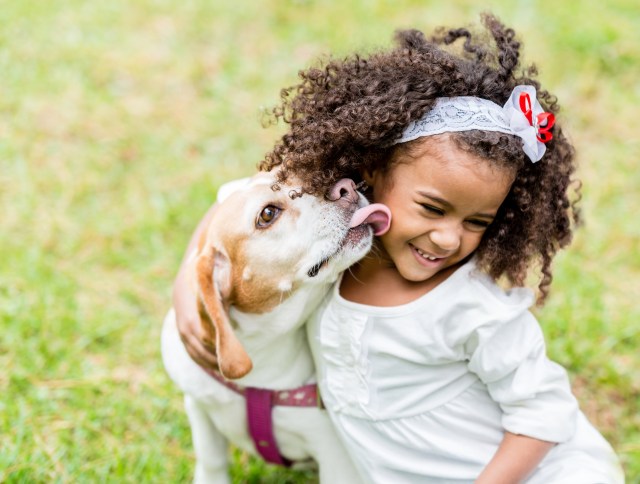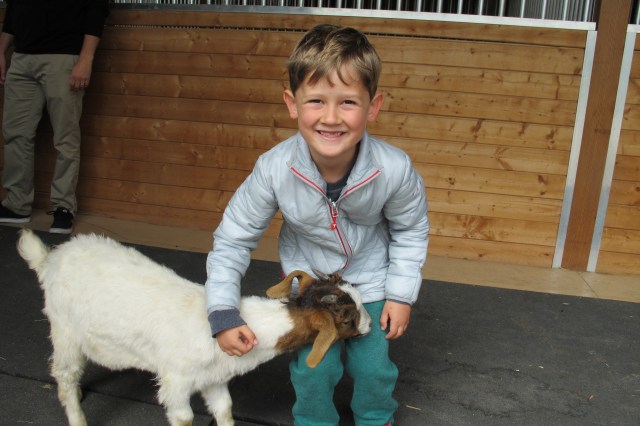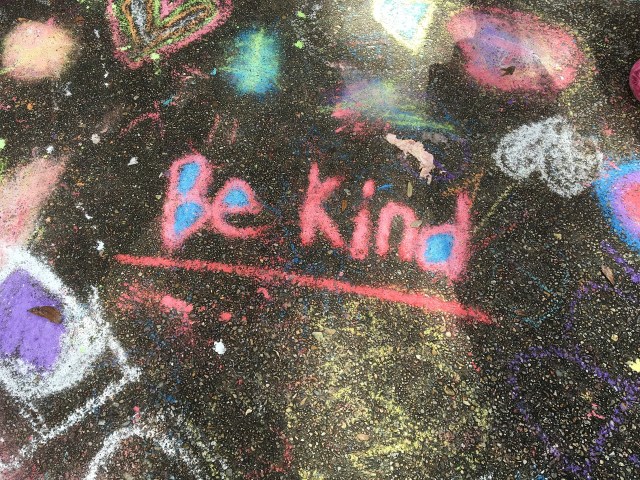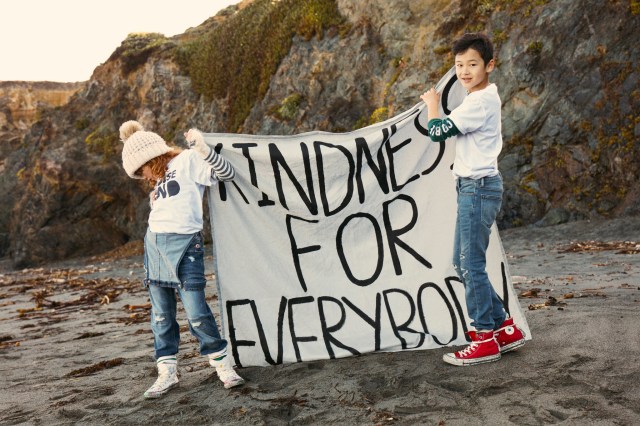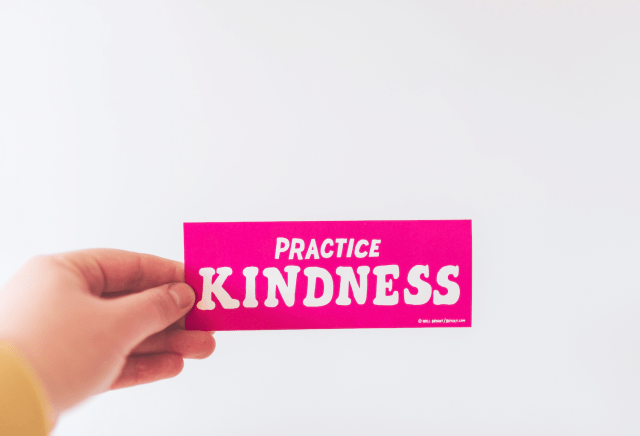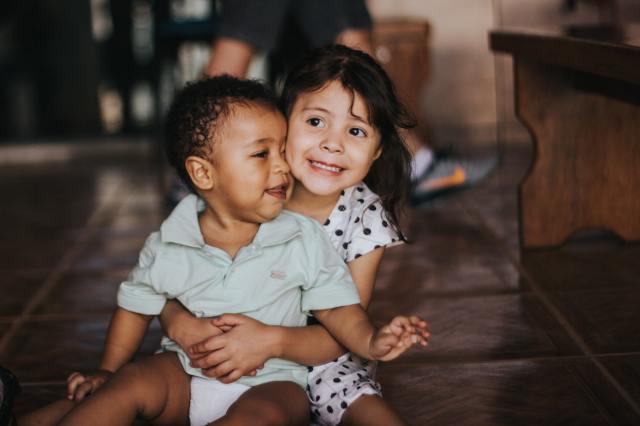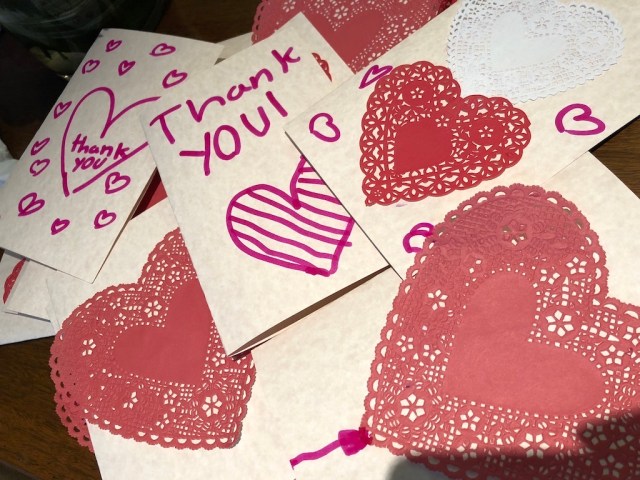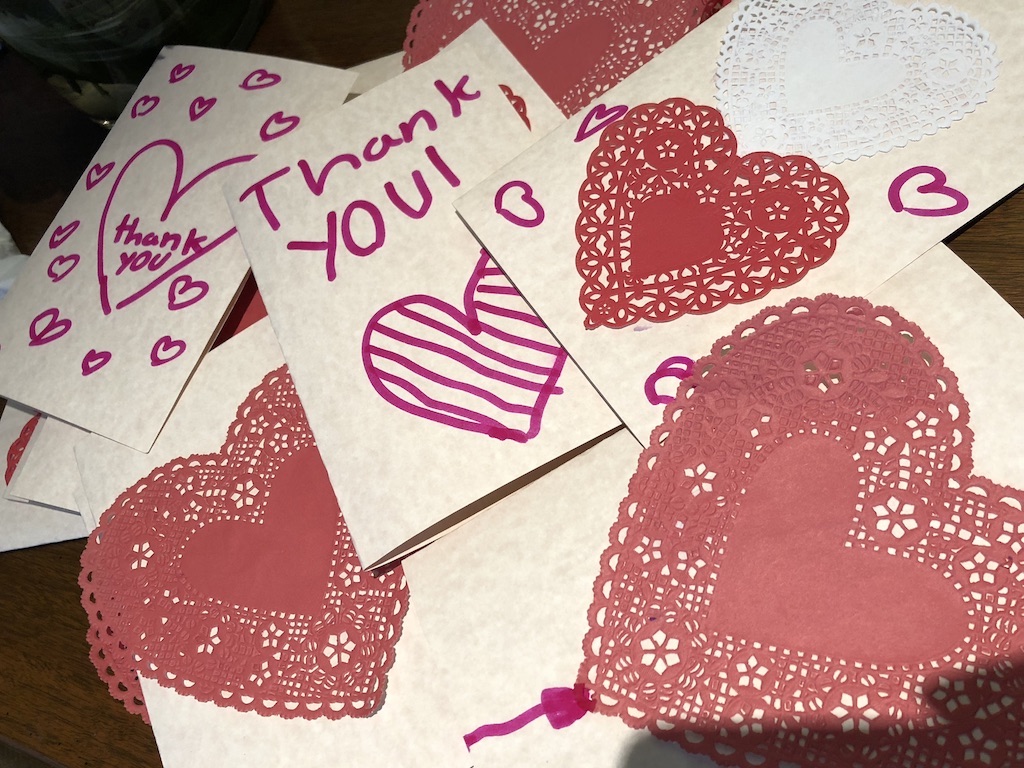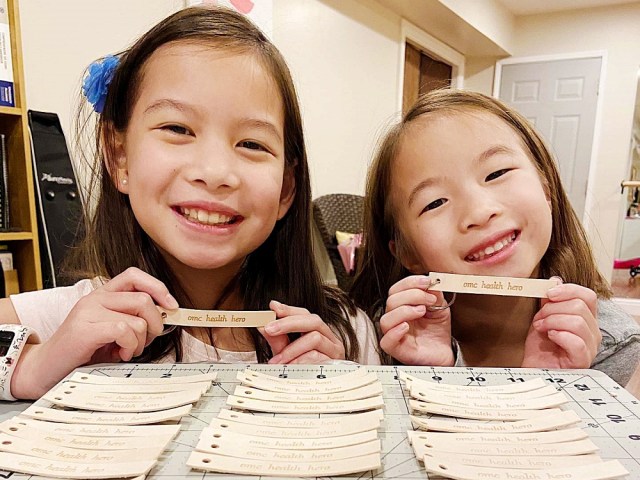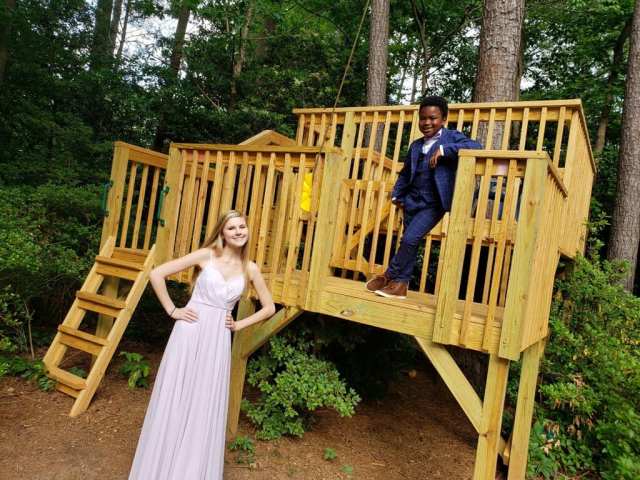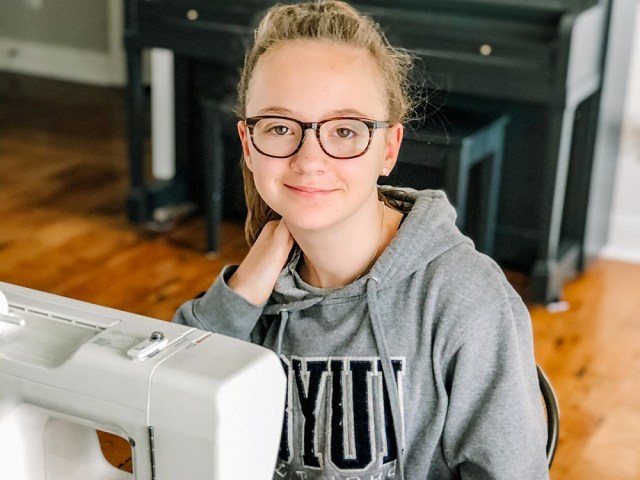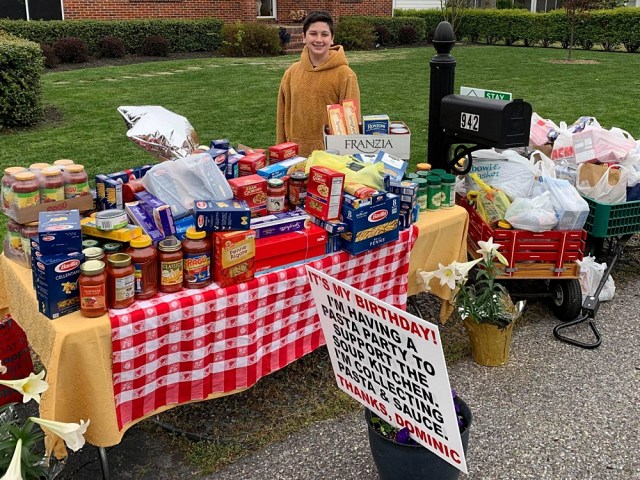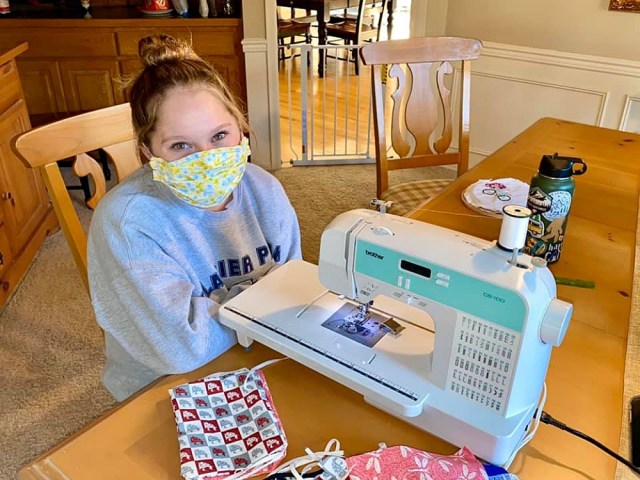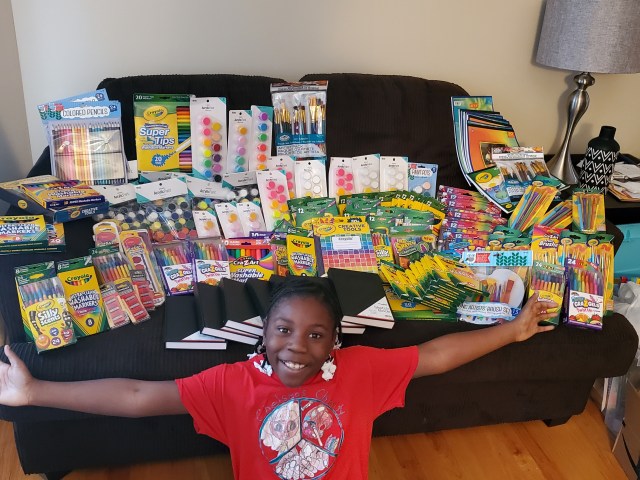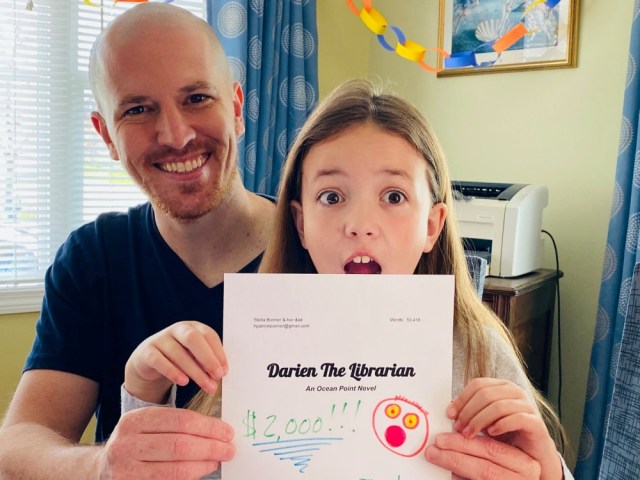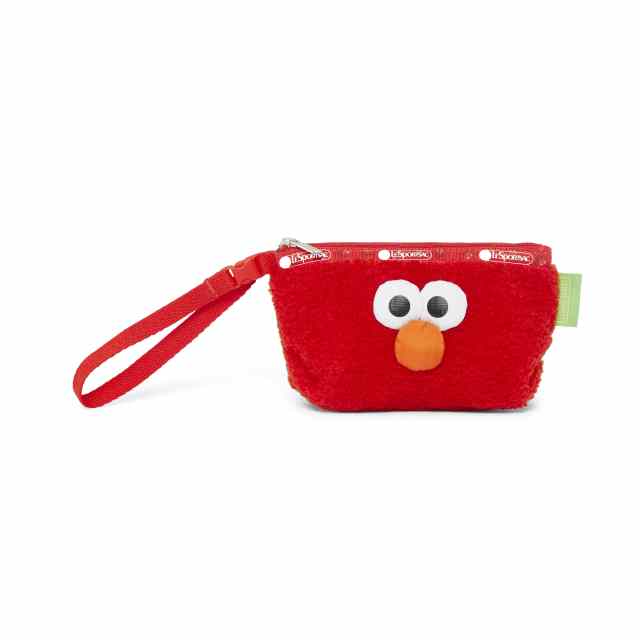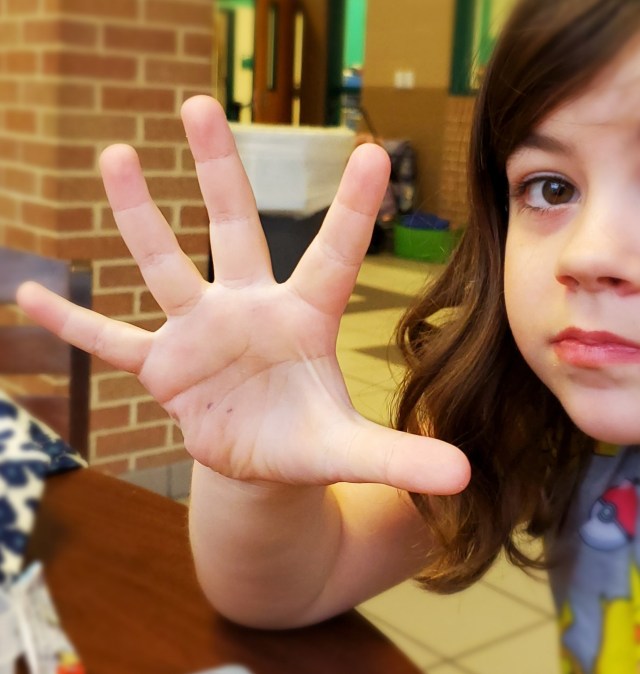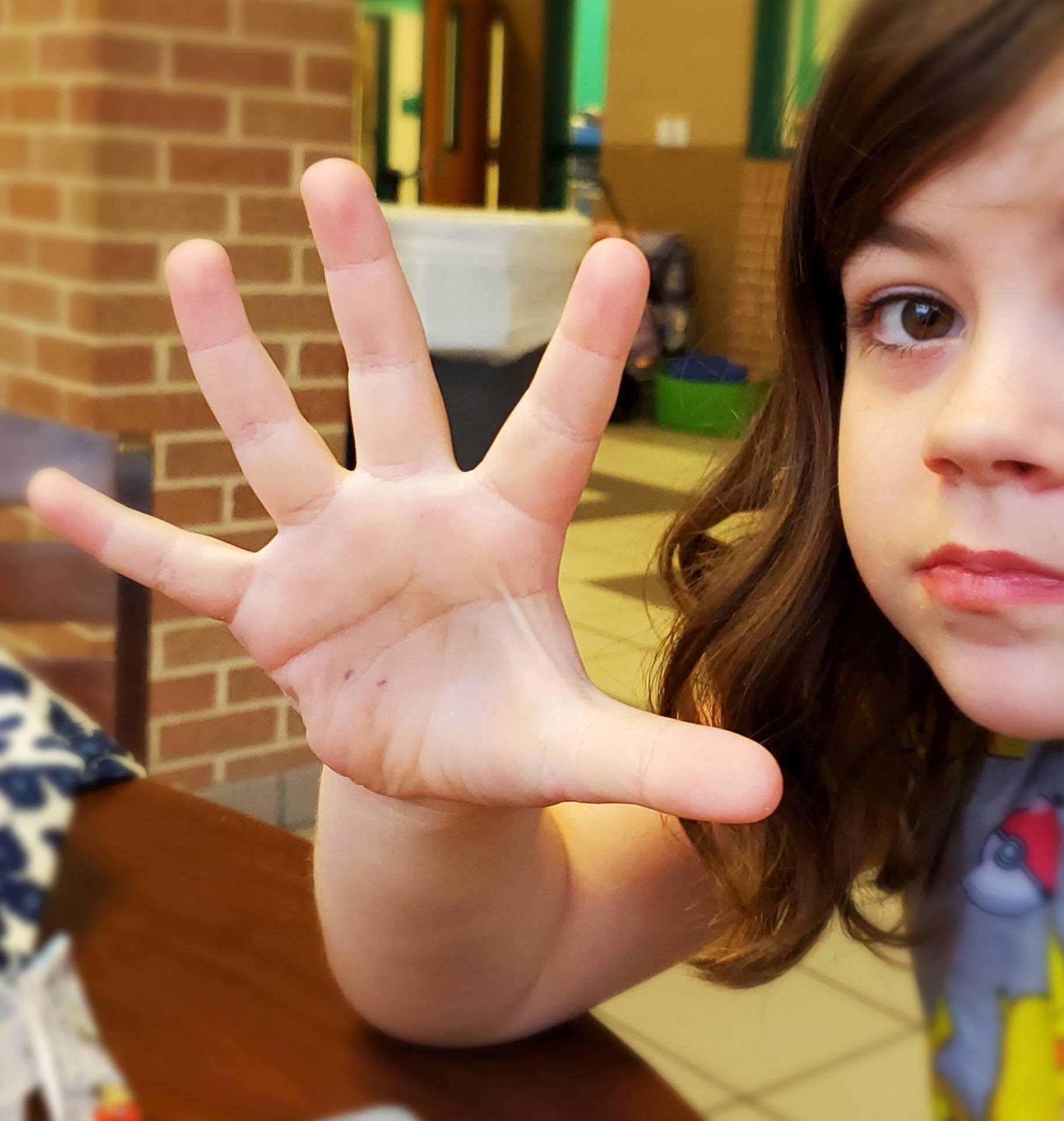Thinking about bringing a furry family member into your life? Fostering a pet from a shelter or rescue organization may be the perfect way to ease into pet parenthood. Not only do you get to experience caring for a pet before making a long-term commitment, but you’re providing safe, temporary housing (and much-needed TLC!) to animals in need before they find their forever homes. If you’re considering fostering a pet, read on to learn what you need to know to prepare.
See how Hill’s science-backed nutrition can give your best friend their best life.
Why Do Animals Need Foster Care?
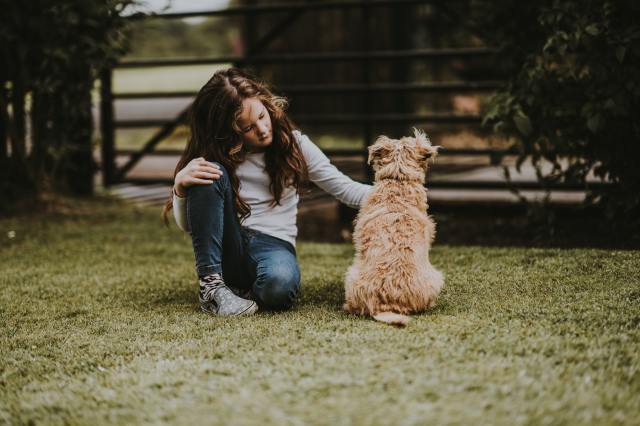
While there are many reasons dogs and cats need foster homes, often it’s because a shelter doesn’t have the capacity to fit every abandoned animal they bring in before an adoption takes place. Fostering is especially beneficial for animals who have a hard time adjusting to shelter life, need extra help socializing with people or are recovering from an illness, procedure or injury. You may also be able to foster orphaned kittens and puppies (however, there are certain requirements the organization you choose may have!). Fostering not only frees up space for a shelter organization to take in more needy animals, but it gives your foster pet the time he or she needs to be ready for adoption. Being around people (and perhaps other pets!) helps timid animals feel more comfortable and let their true colors shine.
How Do I Find a Foster Organization?
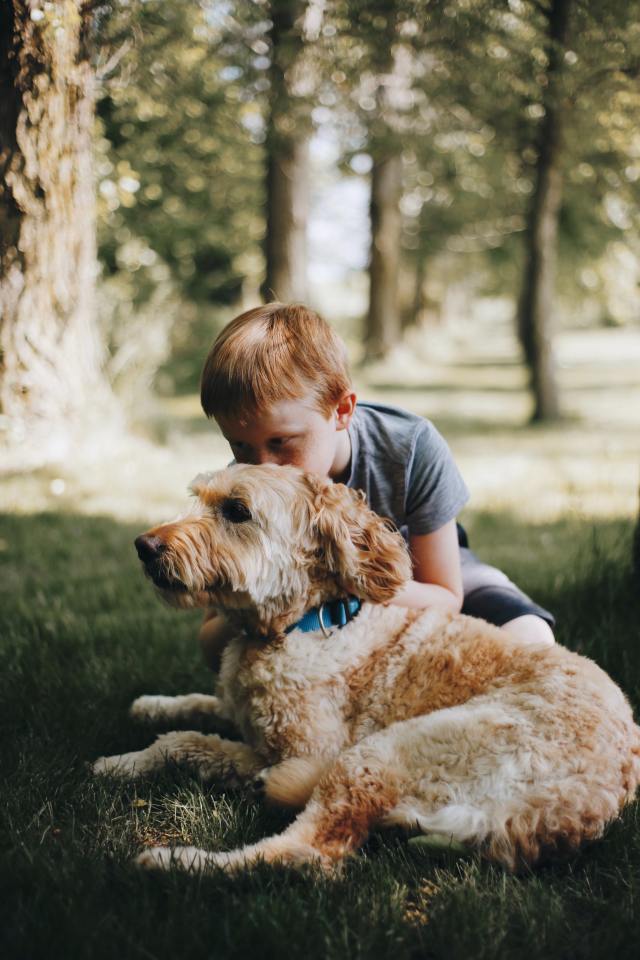
Aside from good old Google, ask friends and neighbors if they’ve worked with shelter organizations nearby. You’d be surprised at how many people in your area are involved with these lifesaving groups. Once you find a local spot that feels like the right fit, you’ll most likely fill out an application and questionnaire so they can begin the process of pairing you with a foster pet. You may then have a phone screening followed by an at-home visit.
See how Hill’s science-backed nutrition can give your best friend their best life.
What Can I Expect?
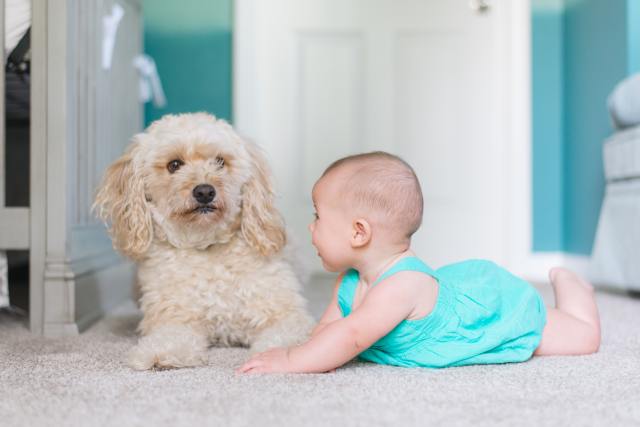
A lot of work goes on behind the scenes to match people with foster pets. Organizations make sure you’re compatible and well equipped to take on the needs of your new buddy. Animals will have received veterinary care and been temperament tested. You’ll be provided with any medication the animal requires, their medical record, as well as guidance on how to best care for them. You’ll want to know if there are behavioral issues to be aware of. And before you go on a shopping spree, find out what supplies are included. Your pet visitor may come with a collar, leash, crate, tags, medication (if need be) and more. You will be responsible for food, toys and any other extras to spoil your little guy or gal.
Expect the first couple of days to be an adjustment for all of you as your foster pet adapts to their new space and new people! Don’t be surprised if that sweet pup hides under the coffee table for the first few hours before making his way to your lap. Have an open mind and be respectful (new humans can be overwhelming!). Creating a daily routine for food, rest and exercise can be helpful.
While you’re busy providing love and attention, the shelter organization will be hard at work on the adoption process. You’ll most likely be required to bring your pet to an adoption drive/event or have potential adopters come to your home. Fostering may last just for a few days, a few weeks or longer. It’s good to be flexible about the commitment since the time frame is never certain.
If you're considering fostering, Hill's Pet has helpful resources of with how to prepare for fostering, and how to become a foster family for a cat!
What if I Want to Adopt My Foster Pet?
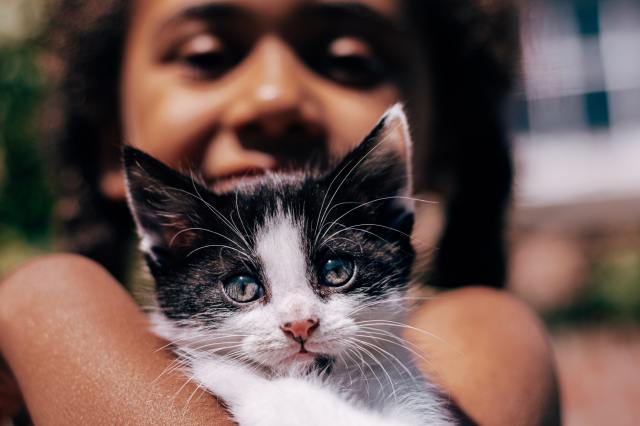
You may go into fostering convinced this is a short-term situation. Then… you fall in love. (Yep, it happens All.The.Time. It’s lovingly referred to becoming a member of the “foster fail club.”) Foster parents often have the option to adopt, but each organization has its own policies. Check with the group you’re volunteering with beforehand to know if you’ll be able to turn temporary into forever should your circumstances head in that direction!
No matter what, fostering is a rewarding, feel-good experience. Whether you prepare a pet for their new home or decide to add that cuddly creature to your crew, you’ve made life better for an innocent animal in need.
See how Hill’s science-backed nutrition can give your best friend their best life.
  |
